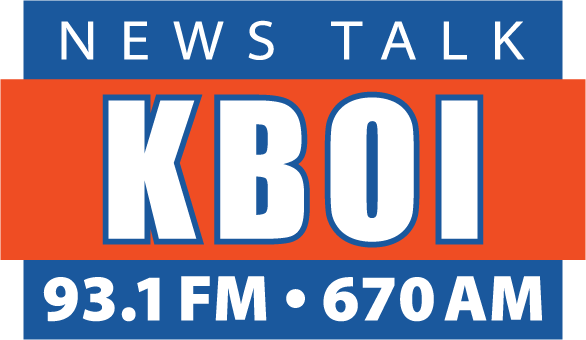Today is National Love Your Credit Cards Day. I don’t plan to love mine. I have some, but I don’t like to use them unless it’s an emergency or other desperate situation. So credit cards only serve to remind me that something has gone wrong. At any rate (pun intended), here are some credit card facts from the Internet:
The original credit cards were just charge accounts offered by individual stores, and each card was good only at that store. The first card that could be used at more than one location was the Diner’s Club Card in 1950, which could be used at 27 restaurants in New York City. Only 200 were issued, because the Diner’s Club was intended to be just that, a private club for people who had more than enough money to pay off anything they charged. Like bank loans, they were easier to obtain if you didn’t need them at all.
American Express began in 1850 as a shipping company, hence the word “express”. They were faster than the U.S. Postal Service at that time. Eventually the bulk of their customers were banks, and they shipped financial documents like stock certificates. They started selling money orders and travelers’ checks in 1882 and issued the first American Express card in 1958.
When I was a kid, what we now know as Visa was called BankAmericard. It was first offered by Bank of America in California in 1958. By 1970 the company had created an association called National BankAmericard, Incorporated, and lots of banks were issuing the BankAmericard. The company finally dropped its Bank of America name in 1976 and became Visa, making it sound like something you’d need in other countries, too.
In 1967, four banks in California formed a group called the Western States Bankcard Association to compete with the BankAmericard. They named their new card Master Charge, and in 1969 the company was purchased by the Interbank Card Association. They changed the name of the card in 1979 to MasterCard for reasons of psychology. They figured people would use something called “card” more often than they’d use something that continuously reminded them they were going to be charged real money. Five years later, MasterCard was the first to use a hologram on its cards as a fraud deterrent. And it managed to deter exactly one of the many kinds of fraud.
Unlike playing cards and trading cards, credit cards are all the same size. Their dimensions are governed by the International Standardization Organization, which, if you’ve traveled overseas, you know hasn’t managed to take over electrical outlets or toilets yet. Give them time. Bank cards, driver’s licenses and retail cards all follow a standard called ID-1, which means identification standard 1. Passports, which are larger, use the standard ID-3. The standard ID-2 is used by some countries for work visas and a few national identification cards in Europe. But most countries issue visas as a stamp that goes on your passport.
And if you think you receive a lot of credit card offers, you’re not alone. The average American household receives a credit card offer every five days, and the rate at which the offers are completed and returned to the banks is one in 300. College kids receive more credit card offers than any other age group, and yes, it’s because banks make much more money from those who are newly without direct parental supervision.








